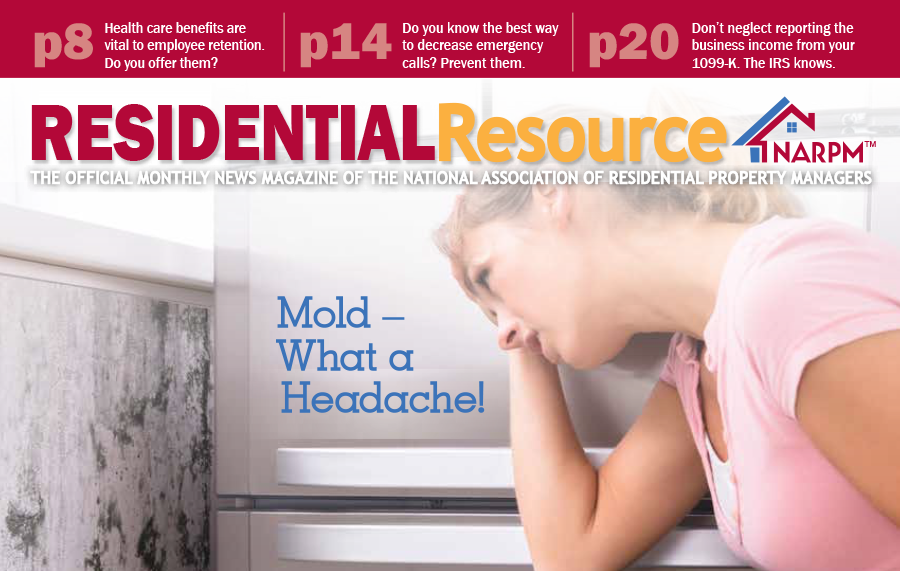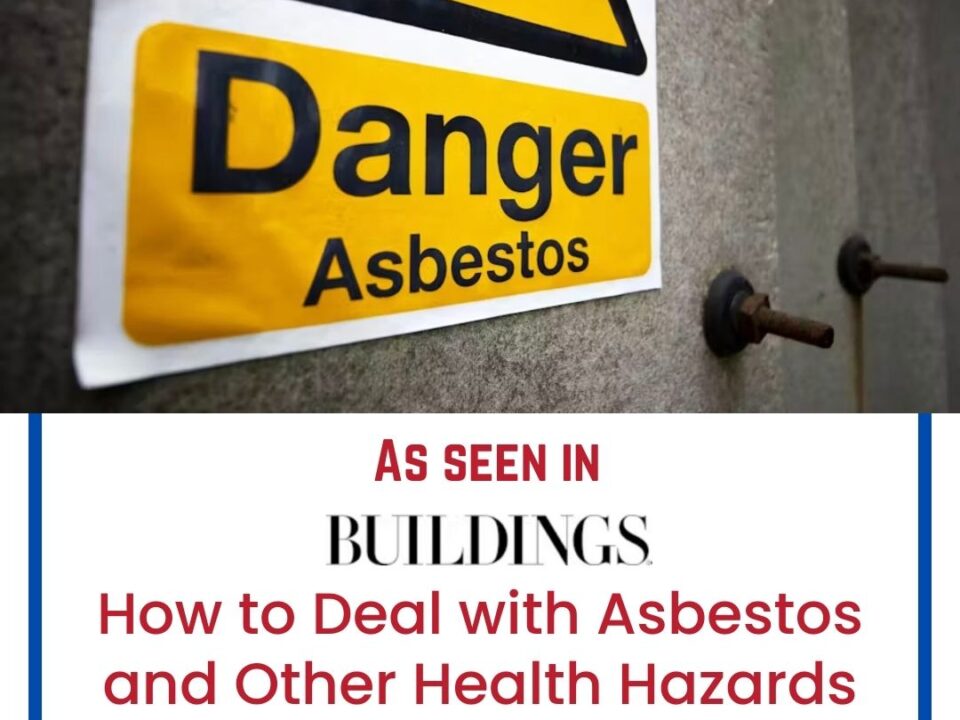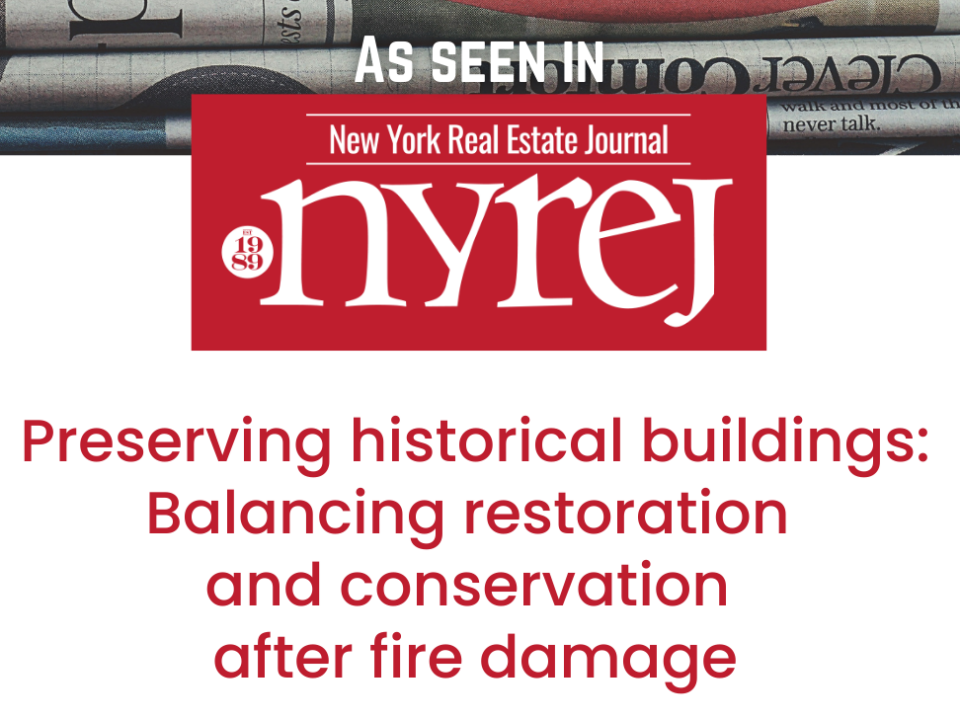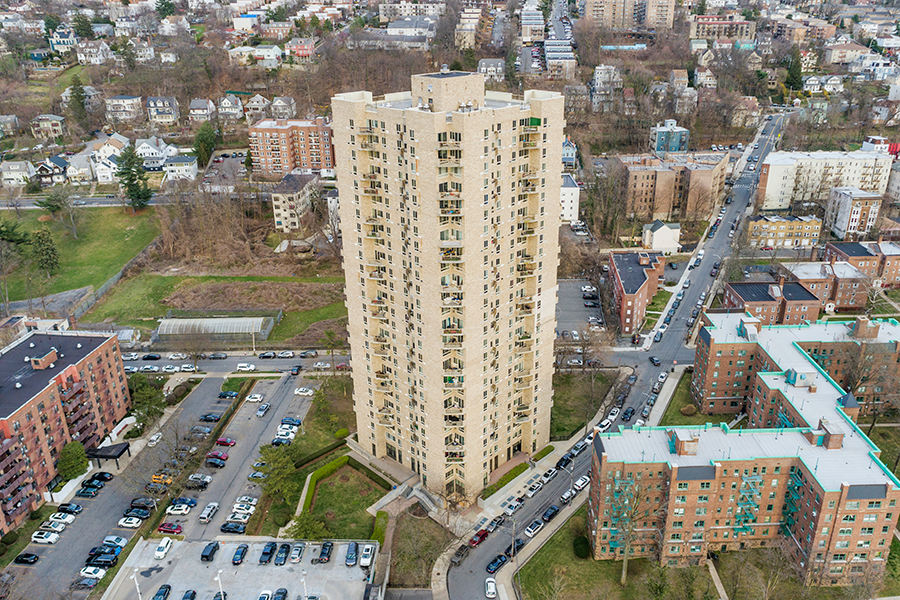
7 Pines Tower, 1 Glenwood Ave Yonkers, NY
March 31, 2022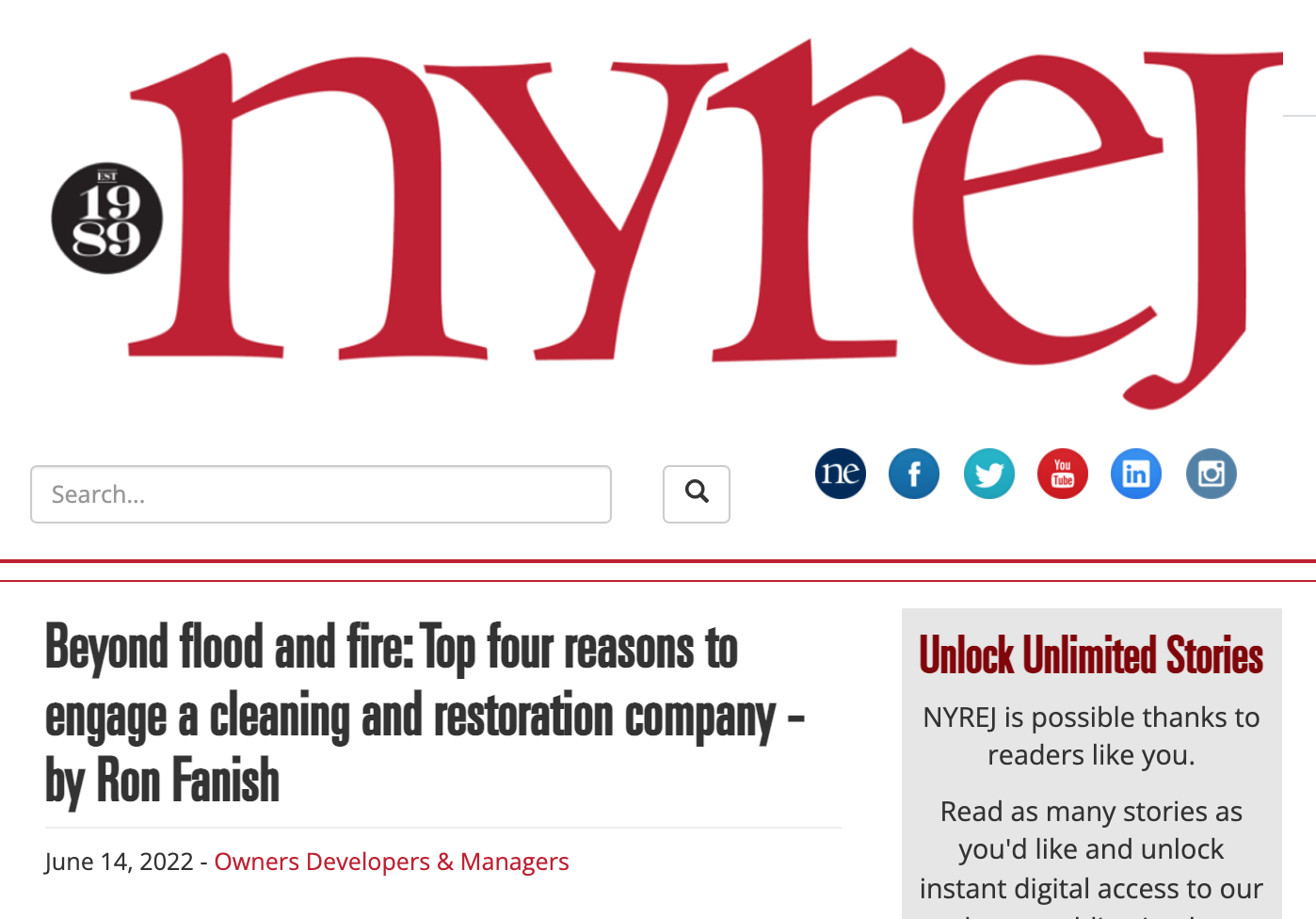
Beyond flood and fire: Top four reasons to engage a cleaning and restoration company
June 16, 2022Written by Ron Fanish, Co-Owner of Rainbow Intl Restoration of Westchester
5 Sneaky Signs Not to Ignore Suspect Mold in Your Property?
Mold is one of a property manager’s most persis-tent – and challenging – issues. While properties can be wildly disparate in geography, architecture, and use, one thing they have in common is the potential for mold. Often, all it takes for a mold problem to develop is an area with high humidity and poor ven-tilation. Basements, bathrooms, attics, and kitchens are all prime targets.
Mold is a headache for several reasons. It’s unsightly and spreads rapidly, damaging and discoloring building materials. It triggers fear and anxiety in renters. And, perhaps most importantly, mold is literally a headache. The fungus triggers a range of allergy-like symptoms in people, including itchy eyes, irritated skin, a runny nose, and a scratchy throat. Worse, more harmful molds – like Stachybotrys, or “black mold” – can cause flu-like symptoms, including diarrhea, fatigue, and even potentially memory loss. Mold is especially challenging for property man-agers because it’s not always obvious, at least at first. It often starts and spreads largely out of sight. By the time mold is discovered, however, it has likely already become a major issue requiring significant time and money. Now, as we enter the more humid months of 2022, here are five sneaky signs that you may have mold in your property:PERSISTENT ALLERGY-LIKE SYMPTOMS
Itchy eyes or a scratchy throat can be caused by any number of things, from a passing seasonal cold, to spring allergies, to an allergic reaction to a cat or a dog. But if your residents have persistent, allergy-like symptoms that can’t be linked to any of the above, mold may be the culprit.
A MUSTY SMELL
It may be tempting to blame stale, musty odors on something else, like dirty laundry or an unclean kitchen area. However, if the smell can’t be fixed by washing the clothes, cleaning the rug, or scrub-bing the dishes, mold may be present. Mold often smells like rotting wood. If the smell is originating in an area with high humidity, it’s even more likely to be mold.
UNEXPECTED DISCOLORATION
Most people have a narrow perception of mold: a very green, very fuzzy material, most often found in between bathroom tiles. But there are actually several different types of mold, all of which carry unique colors and textures. Indeed, mold gets its color from whatever it eats, and therefore can be just about any color of the rainbow. If you spot strange discoloration on walls, ceilings, or floors that can’t be linked to something else – like a food or paint spill – then it may be mold. And remember, mold can discolor and thrive on unexpected surfaces, too – like upholstered furniture and carpets.
SIGNS OF WATER DAMAGE
Water damage is always an ordeal for property managers, requiring plumbers, carpenters, and other professionals to help clean up the mess and set things right. But just because the pipe is patched and the ceiling is repainted, mold may still be lurking behind the scenes. If you spot even minor signs of water damage in a building – like water marks on the ceiling, wall, or floor – there might be mold nearby.
WARPED WALLS
Paint bubbles or bulging wallpaper might seem like cosmetic problems – unsightly, but not something that has to be dealt with right away. Unfortunately, that’s not always the case. If your walls are behaving strangely, it could be because mold is lurking beneath the surface.
If you encounter any of these five sneaky signs in your properties, what should you do? First, contact a licensed environmental testing company for an informed determination accompanied by a lab report. The building can be tested to verify if mold is present – and, if so, what type and in what levels. This is done by either swabbing an affected area or by testing the air. If mold is indeed present, licensed mold remediation professionals can safely remediate based on the report and coordinate a final clearance test with the environmental testing company to ensure it has been fully eradicated. Using two sepa-rate companies – one to perform the testing and the other to remediate – will help avoid any potential conflict of interest.
While mold is an ever-present possibility for property managers, it doesn’t have to be an insur-mountable obstacle. Learn the signs for spotting mold and act upon them quickly to prevent it from spreading and transforming into a more serious – and costly – problem.
